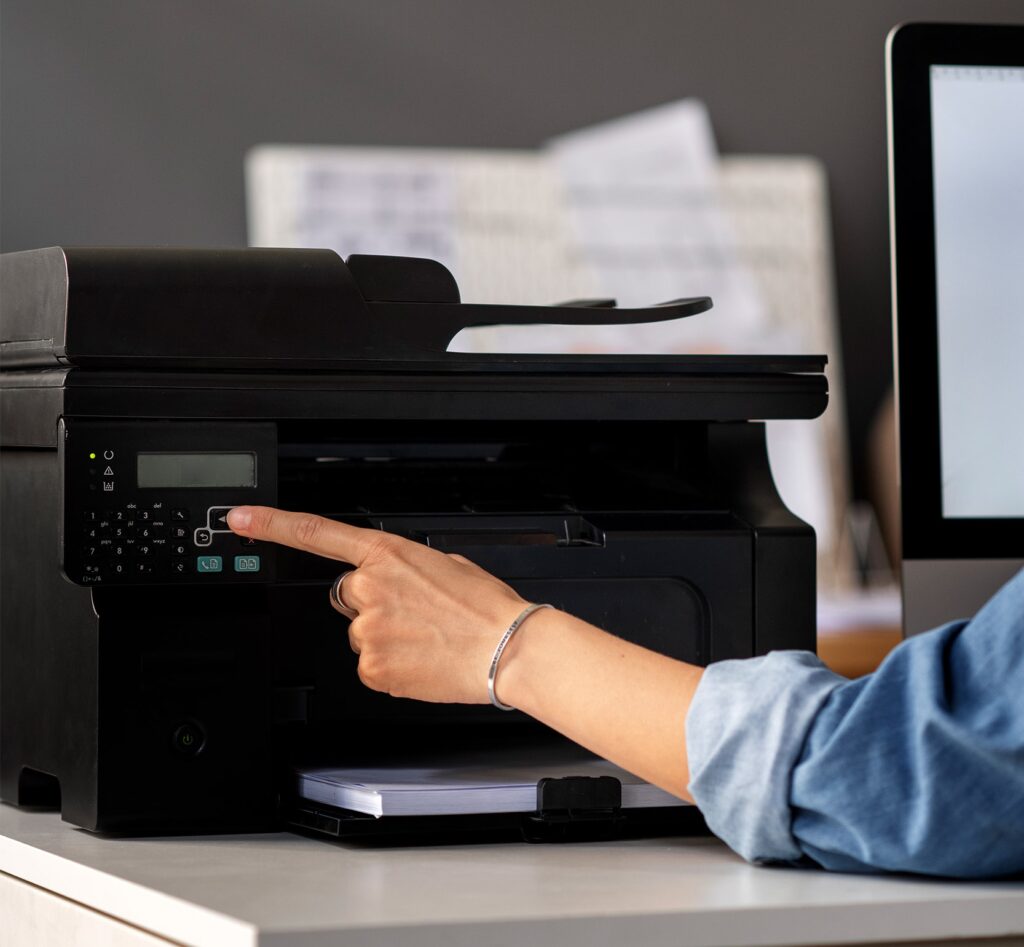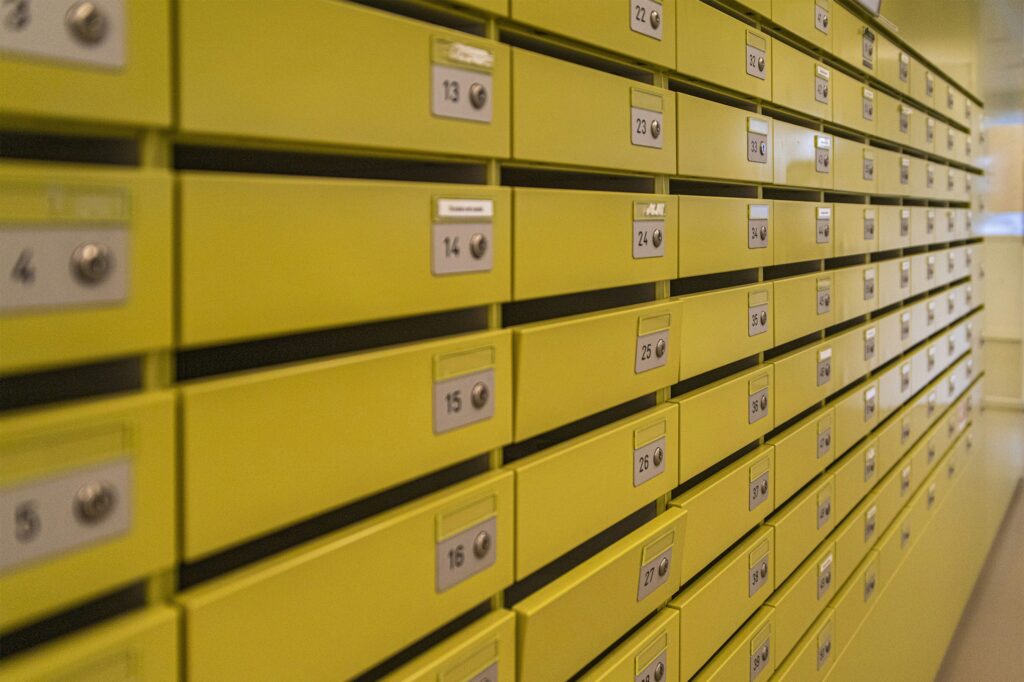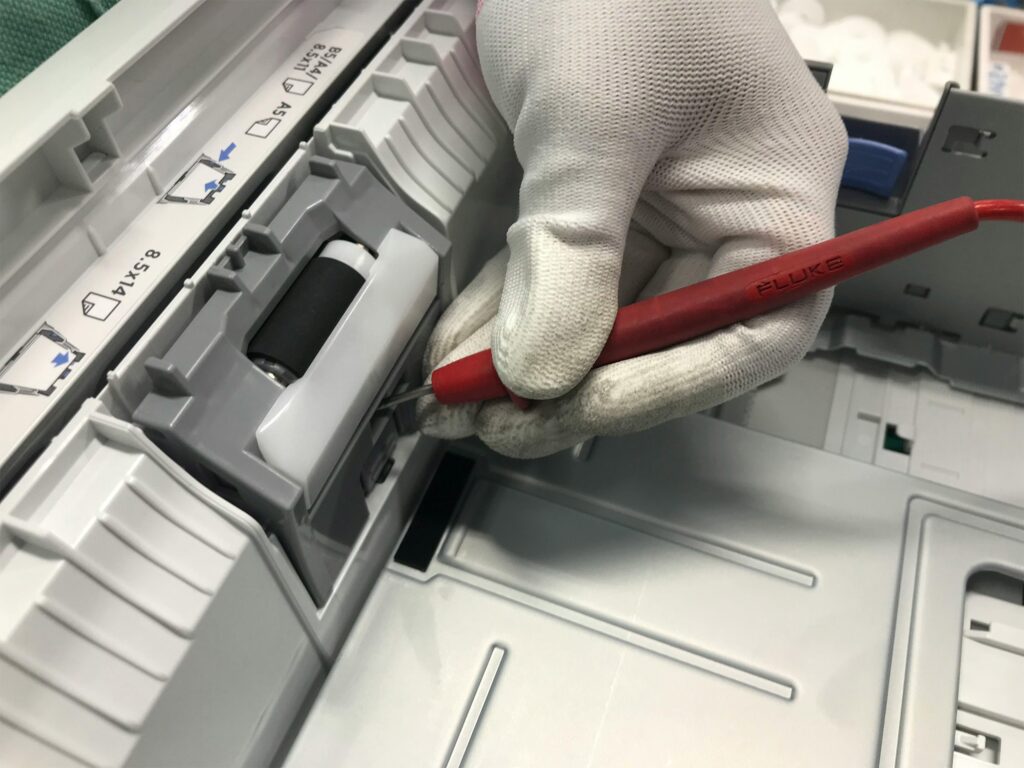
For small businesses, the rise of remote and hybrid work has created a new challenge: how to print documents when employees aren’t in the office. Contracts, invoices, presentations, and client-ready materials often need a physical copy, even if teams are distributed across multiple locations.
Fortunately, remote printing doesn’t have to be complicated. This step-by-step guide explains how small businesses can set up secure, efficient remote printing, whether employees are working from home, satellite offices, or traveling.
Step 1: Choose the Right Printer
Not all printers are capable of remote printing. Look for devices with:
- Network connectivity: Wi-Fi, Ethernet, or VPN compatibility
- Mobile printing support: AirPrint, Google Cloud Print, or proprietary apps
- Cloud printing features: Directly send print jobs to the office or shared printers
- Security options: Password-protected printing, secure release, and encrypted connections
Tip: Multifunction printers (MFPs) often provide better remote support, allowing scanning, copying, and faxing from remote locations.
Step 2: Connect Your Printer to the Network
Before printing remotely, the printer must be connected to your office network. Steps usually include:
- Plug in Ethernet or enable Wi-Fi depending on the printer’s capabilities.
- Assign a static IP address for reliable network identification.
- Enable network sharing on your office computer or server.
- Install manufacturer drivers on office computers to support remote jobs.
Once the printer is networked, remote employees can access it using approved apps or VPN connections.
Step 3: Set Up Cloud Printing
Cloud printing allows employees to print from anywhere using the internet:
- Google Cloud Print (deprecated but alternatives exist, e.g., Google Workspace-compatible printers)
- Manufacturer-specific solutions: HP ePrint, Ricoh Smart Device Print & Scan, Canon PRINT Business
- Third-party apps: PrinterLogic, PaperCut Mobility Print
How it works: Employees send a document through the cloud service, which securely routes it to the office printer. Some systems allow print-on-demand, where jobs are released when someone is physically at the printer.
Step 4: Ensure Security and Compliance
Printing remotely introduces security risks. Protect your documents with:
- Secure print release: Jobs print only after user authentication.
- VPN access: Remote employees connect to the office network securely.
- Encryption: Protect sensitive documents in transit.
- Audit logs: Track who printed what and when (helpful for compliance, especially in healthcare or finance).
Step 5: Train Your Team
Even the best system fails without proper training. Ensure employees know how to:
- Send documents to the remote printer
- Authenticate for secure print release
- Check printer status and toner levels remotely
- Report errors or jams promptly
A simple internal guide or short video tutorial can save hours of confusion.
Step 6: Monitor and Maintain Your Printer Fleet
Remote printing works best when your devices are well-maintained. Tips include:
- Automated alerts: Receive notifications for low toner, paper jams, or hardware issues.
- Scheduled maintenance: Clean the printer and replace consumables regularly.
- Consider Managed Print Services (MPS): MPS providers monitor devices remotely, ensure supplies are delivered on time, and handle repairs before they disrupt productivity.
Step 7: Optimize Your Printing Workflow
Remote printing efficiency depends on workflow. Consider:
- Print batching: Combine small jobs into one batch to save paper and reduce network traffic.
- Duplex printing: Save paper and costs.
- Standardized document formats: PDFs are best for consistent printing results.
- Shared cloud folders: Keep printable files in a centralized location for easy access.
Step 8: Troubleshooting Common Remote Printing Issues
Even with the best setup, issues may arise:
| Problem | Solution |
| Printer not showing on network | Check IP address and network connection; restart printer |
| Print jobs stuck in queue | Cancel jobs and resend; ensure drivers are up to date |
| Poor print quality | Clean printer, replace toner or ink, check paper quality |
| Security warnings | Ensure VPN or secure connection is active, update authentication settings |
Why Remote Printing Matters
Printing remotely is more than a convenience, it’s a critical business function. Benefits include:
- Maintaining productivity: Employees can complete tasks without being physically in the office.
- Client service: Ensure contracts, proposals, or reports reach clients on time.
- Flexibility: Support hybrid or fully remote work models.
- Security: Avoid unsecured document handling by enabling secure remote printing.
Remote Printing Solutions for Small Businesses in 2025
Some popular remote printing solutions for small businesses include:
- Ricoh MFPs with Smart Device Print & Scan: Ideal for hybrid teams needing scanning and copying.
- HP ePrint-enabled LaserJets: Great for fast, secure document printing.
- Canon PRINT Business Series: Affordable, compact, and mobile-ready.
- Brother wireless monochrome lasers: Reliable and low-cost for high-volume text printing.
Selecting the right solution depends on your volume, security needs, and budget.
Cost Considerations
When planning remote printing for your small business, factor in:
- Initial printer cost: $200–$500 for high-quality desktop printers or compact MFPs
- Consumables: Toner/ink can range from $30–$150 per cartridge; consider subscription programs
- Maintenance and support: Optional MPS can reduce downtime and provide proactive support
- Software or cloud service fees: Many cloud print services are included with printer models; third-party solutions may have monthly costs
Over time, streamlined remote printing can save significant time and reduce lost productivity, making the investment worthwhile.
Remote printing is no longer optional, it’s a necessity for small businesses with hybrid or remote teams. With the right printer, secure network setup, cloud printing tools, and workflow optimization, you can print efficiently and securely from anywhere.
For small businesses in Long Island, NYC, and the New York metro area, remote printing solutions, combined with optional Managed Print Services, ensure that your team stays productive, secure, and cost-efficient in 2025.
Emerald Document Imaging helps businesses on Long Island and across New York implement reliable remote printing setups. From Ricoh MFPs to Canon and Brother desktop printers, we provide guidance, setup, and support for hybrid and remote teams.
Contact us today for a free consultation and remote printing assessment →



